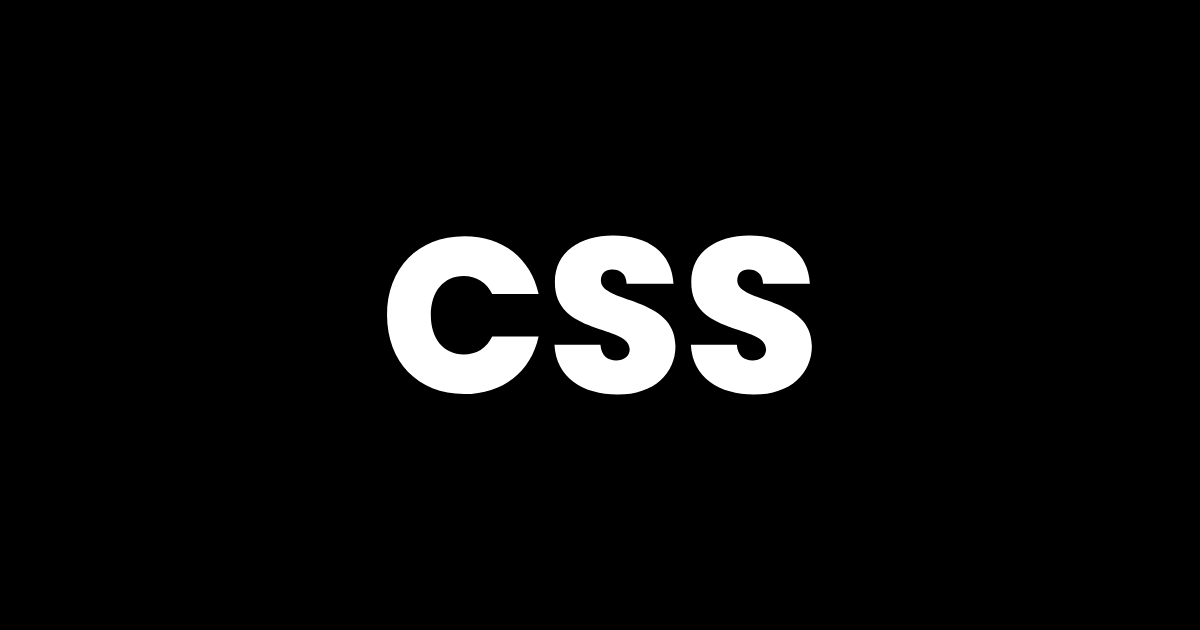Simple 3D Transforms
3D transforms in CSS allow you to add depth and dimension to web elements, creating visually engaging effects.

3D transforms in CSS allow you to add depth and dimension to web elements, creating visually engaging effects. By manipulating elements along the X, Y, and Z axes, you can simulate 3D space and bring your designs to life. Here are some explanations and examples of simple 3D transforms:
Translation in 3D
translate3d(x, y, z): Translates an element along the X, Y, and Z axes. For example, transform: translate3d(50px, -20px, 0); moves the element 50 pixels to the right, 20 pixels up, and does not change the depth.
Rotation in 3D
rotateX(angle): Rotates an element around the X-axis. For example, transform: rotateX(45deg); rotates the element 45 degrees around the horizontal axis.
rotateY(angle): Rotates an element around the Y-axis. For example, transform: rotateY(90deg); rotates the element 90 degrees around the vertical axis.
rotateZ(angle): Rotates an element around the Z-axis. For example, transform: rotateZ(180deg); rotates the element 180 degrees around the depth axis.
Scaling in 3D
scale3d(x, y, z): Scales an element along the X, Y, and Z axes. For example, transform: scale3d(1.5, 1, 0.5); scales the element to 1.5 times its original width, keeps its original height, and reduces its depth by half.
Combining Transformations
You can combine multiple 3D transforms by chaining them together. For example, transform: translate3d(50px, -20px, 0) rotateY(45deg); translates the element and then rotates it around the Y-axis.
Here’s a practical example of a 3D transform:
.box {
width: 200px;
height: 200px;
background-color: #3498db;
transform: rotateY(45deg);
}
In the example above the .box element will be rotated 45 degrees around the Y-axis, giving it a 3D perspective.
You can experiment with different combinations of 3D transforms, such as translating, rotating, and scaling, to create various effects like flipping cards, spinning objects, or interactive 3D animations. Remember to use the transform-origin property to control the point around which the element rotates.
It’s important to note that 3D transforms require browser support, and some older browsers may not fully support them. However, modern browsers generally provide good support for 3D transforms, allowing you to create immersive and visually stunning experiences on the web.
Here’s an example that incorporates perspective along with 3D transforms:
.container {
perspective: 800px;
}
.card {
width: 300px;
height: 200px;
background-color: #3498db;
transform-style: preserve-3d;
transform: rotateY(45deg);
}
In the example above, we introduce a .container element that sets the perspective value to 800px. This creates a sense of depth and establishes a perspective view of the child elements within it.
The .card element represents a 3D card. It has a width of 300px and height of 200px, with a blue background color for visibility. The transform-style: preserve-3d; property ensures that the child elements within the card will preserve their 3D positioning.
By applying transform: rotateY(45deg); to the card, we rotate it around the Y-axis by 45 degrees, giving it a slanted appearance and a 3D effect.
You can experiment further by adding additional 3D transforms, such as translations or rotations, to create more complex and dynamic visual effects. Remember to adjust the perspective value as needed to control the depth and overall perception of the 3D space.
With the combination of perspective and 3D transforms, you can create immersive experiences, such as 3D card flips, rotating carousels, or interactive 3D scenes, that enhance user engagement and add a captivating touch to your web designs.
Was this lesson helpful? ( Answers: 0 )
Leave a comment
If you enjoyed this lesson or have any questions, please leave a comment below. Your feedback is valuable!